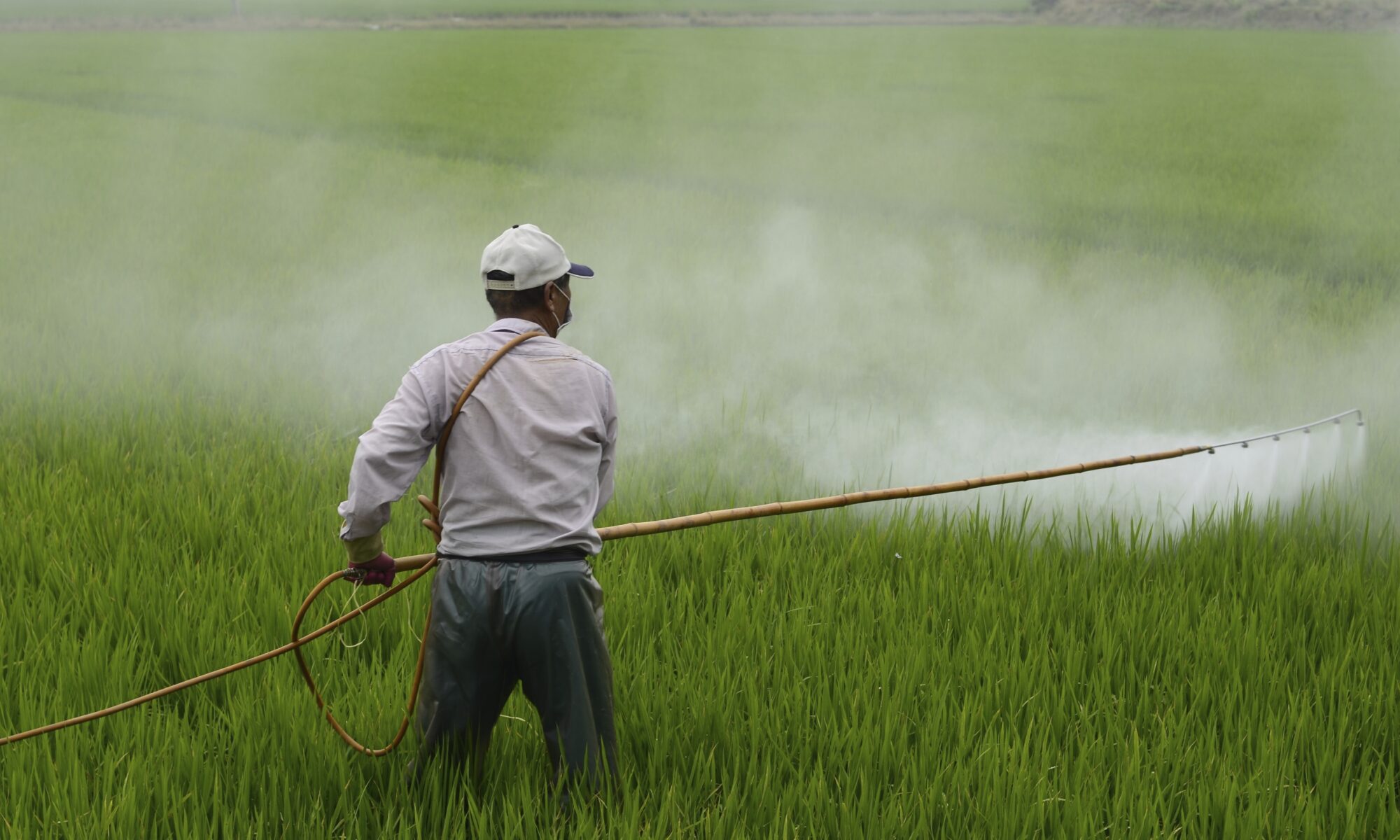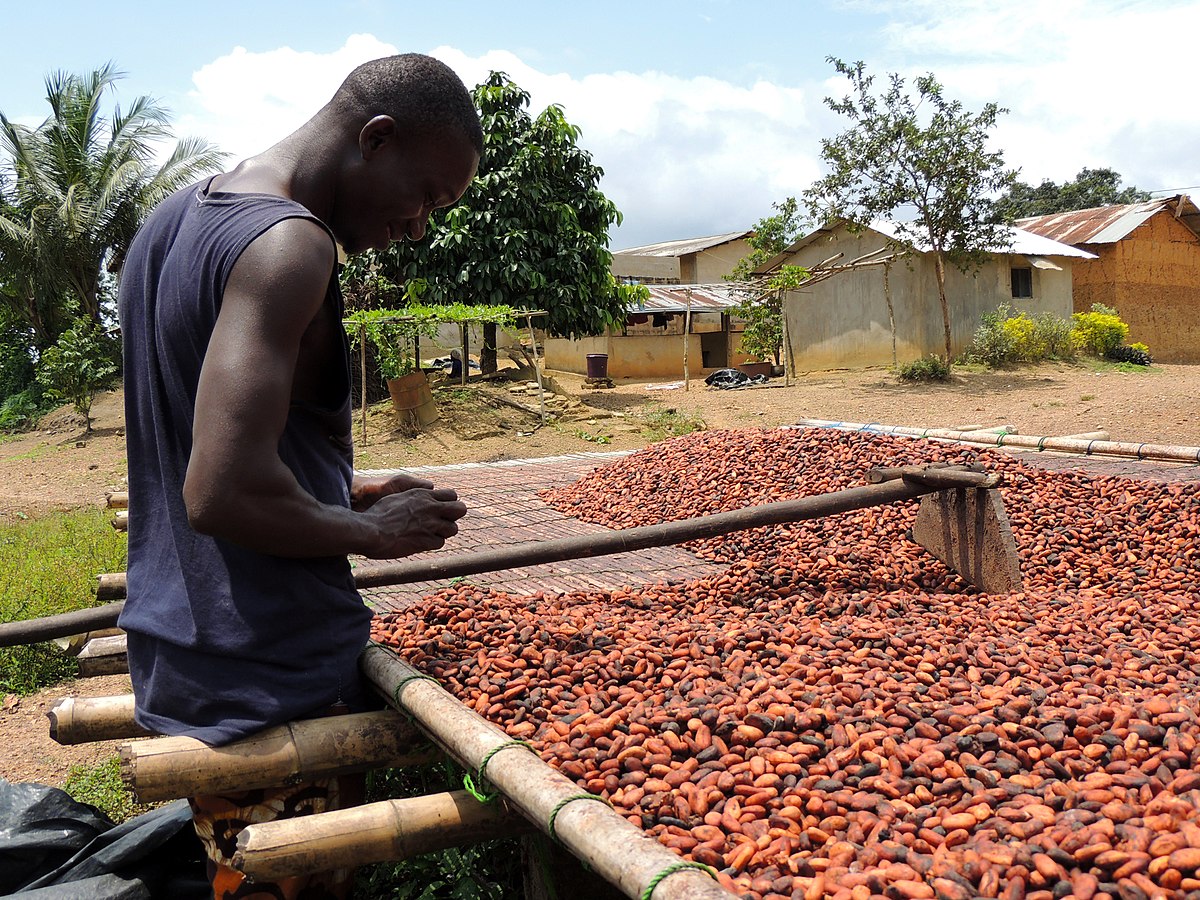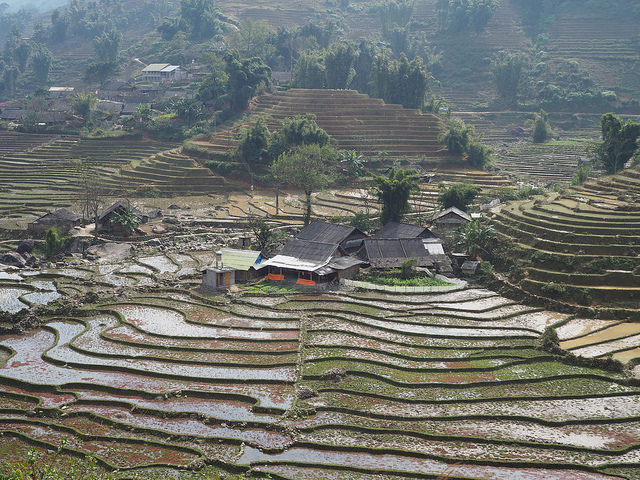On 6 July 2022 the EU circulated to WTO Members its proposed revisions to Maximum Residue Limits (MRLs) for two neonicotinoid insecticides clothianidin and thiamethoxam (the documents include the formal notification to the TBT Committee, the proposed draft Commission Regulation, and a comparison of existing and proposed MRLs by agricultural product).
Under WTO rules, this is a necessary step when changes in MRLs are proposed. Other Members now have 60 days in which to provide comments on the proposed changes. These comments are then considered by the Standing Committee on Plant, Animal, Food and Feed, the EU body consisting of Member State representatives that decides on pesticide issues, before final approval is given to the proposed Regulation.… Read the rest







